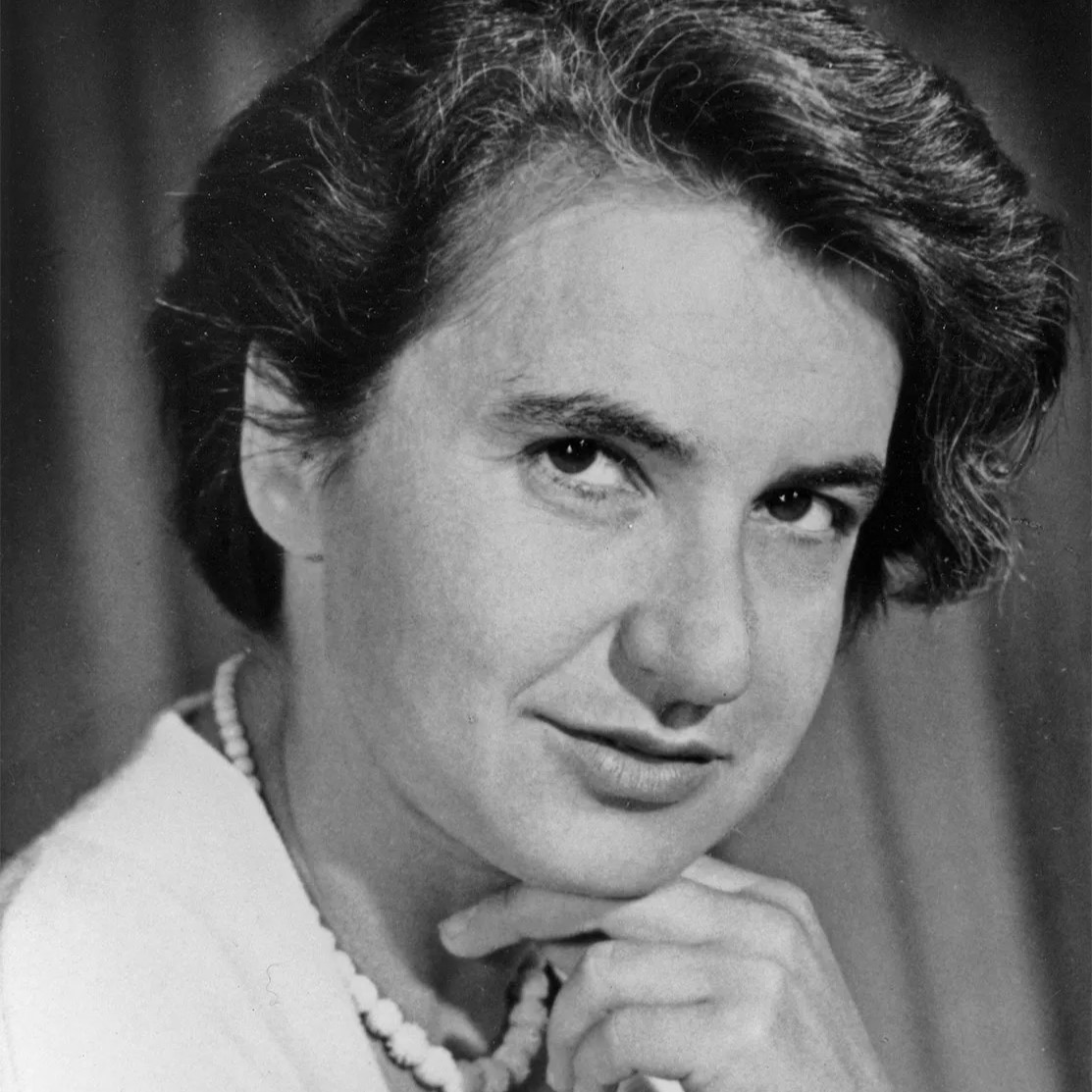
Rosalind Franklin
The Unacknowledged Pioneer of DNA's Double Helix, This paper argues that Rosalind Franklin’s story is a story of intense commitment and heroism in the annals of science. Her input to the mollusks is a significant contribution in the subject of molecular biology, but till date, she was not acknowledged during her lifetime.
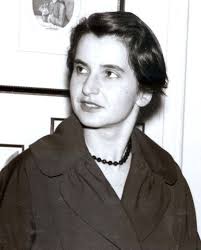
Many aspects of the book suggest that Franklin’s childhood and early youth in London promoted her mental development. The fact that she was good in sciences trunk her to St. Paul’s Girls’ School and later to Newnham College, Cambridge where she was tutored by Nobel prodigy Ronald George Wreyford Norrish.
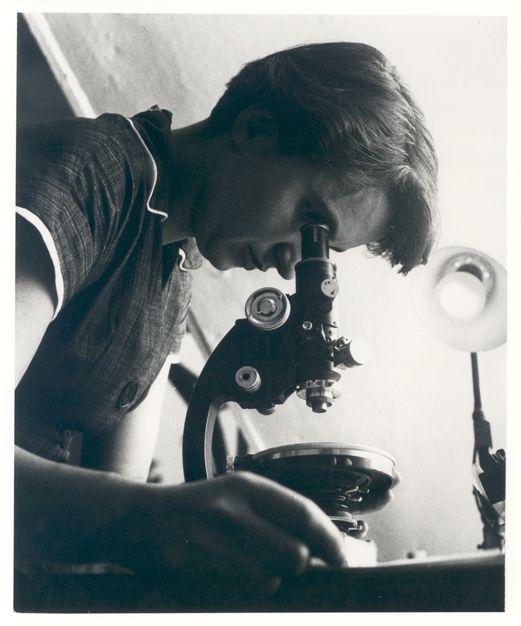
It was in Paris that Franklin builds up the strength of X-ray crystallography which was one of Franklin’s specialisation. At King’s College London she generated “Photo 51” which is a high resolution image of DNA through X-ray diffraction. This image was critical in assisting James Watson and Francis Crick come up with the DNA double helix model.
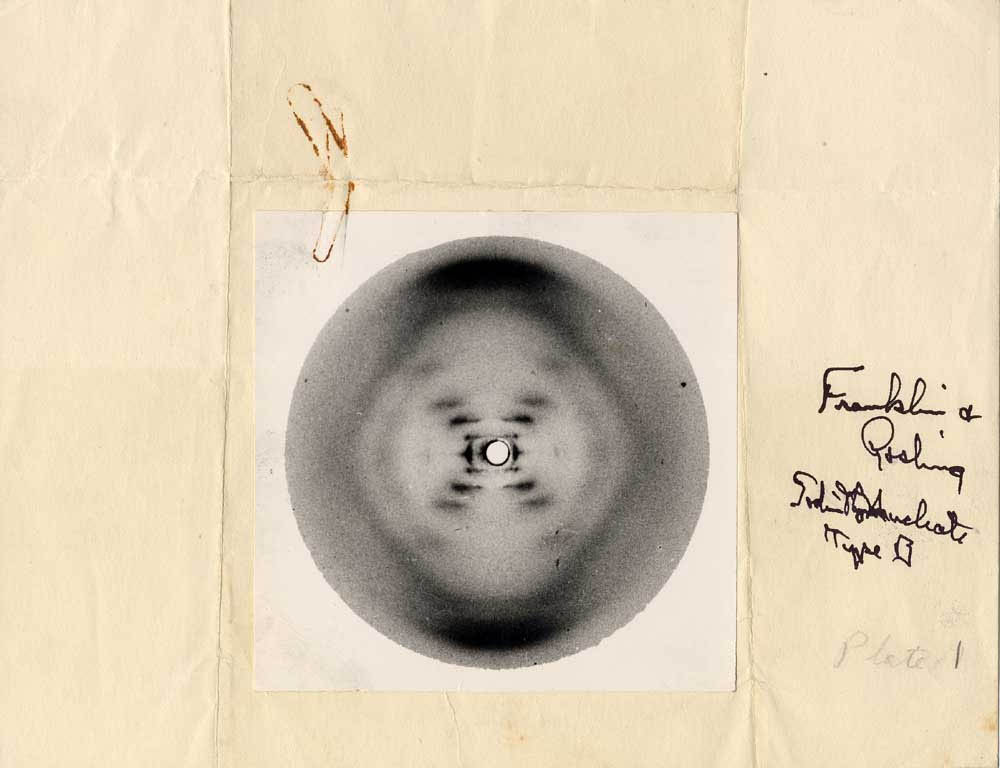
However, because Franklin’s input into the discovery of the structure of DNA was indispensable, she did not receive much recognition during her lifetime and was omitted from the list of Nobel laureates. It was only subsequent to her death that her critical application started to receive stronger recognition.
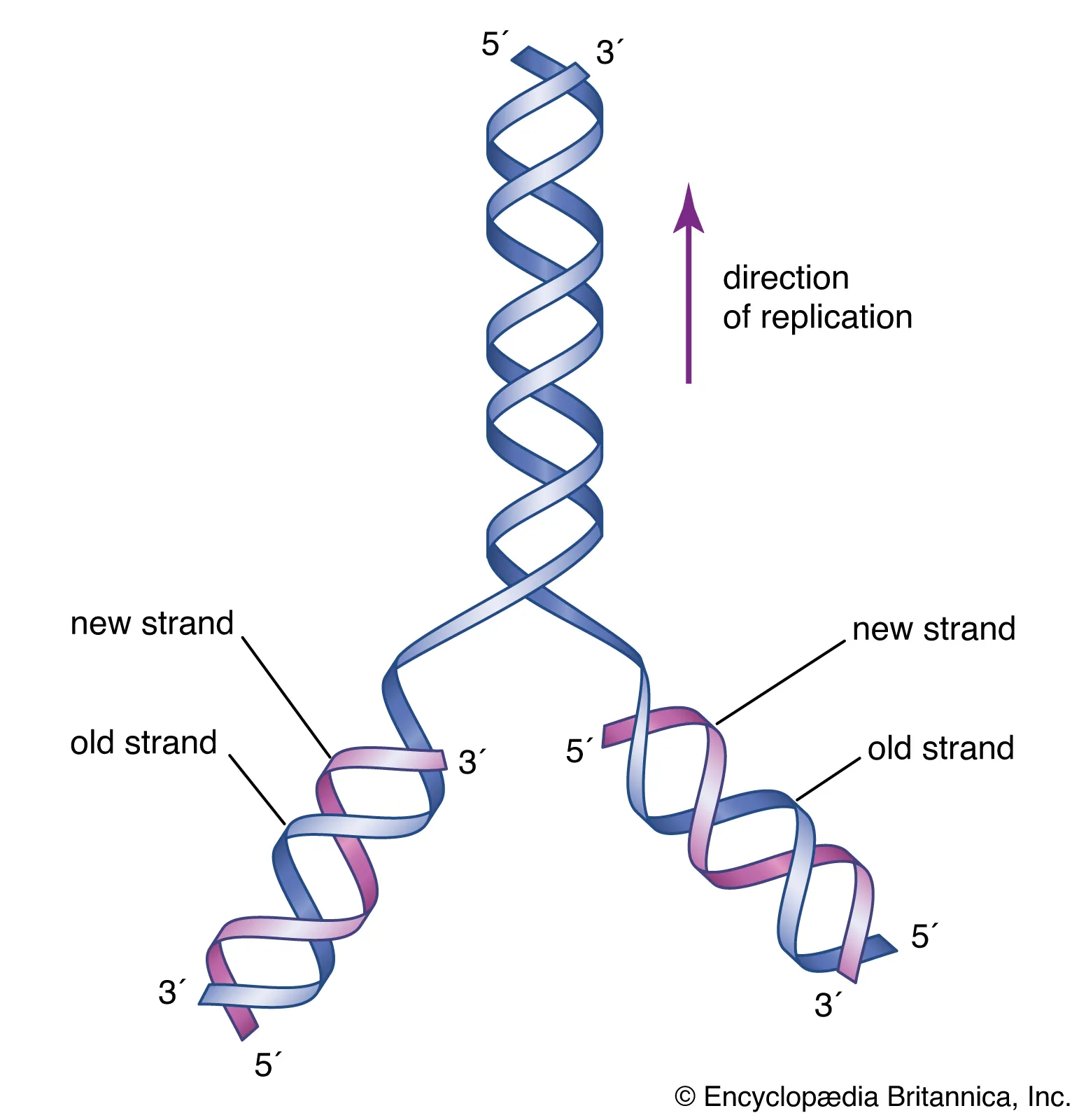
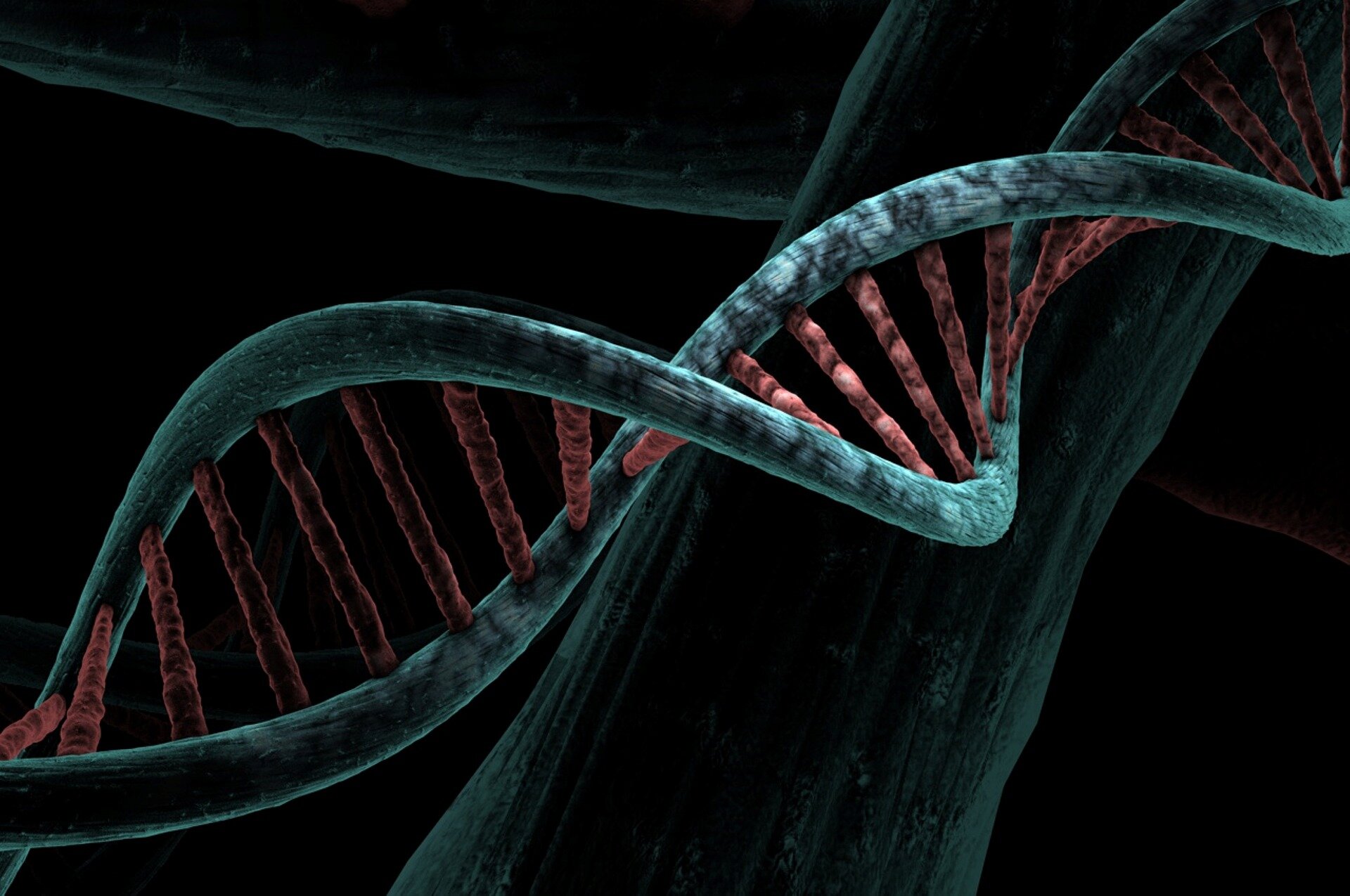
Franklin was a private, professional, and very keen on her work, photography, and nature. She was only able to live up to 37 due to her death caused by ovarian cancer; thus, she has been a great loss to the scientific community.
Today, Rosalind Franklin is a role model who is remembered to have got a successful theme, which challenges scientists, especially women, to do more in scientific activities. She’s not only the icon, reminding us of the role of every single person in science, and of the need to acknowledge all the researchers, who are striving for the truth. Thus, the further generations learn the story of Franklin and the path to discovery and equality in science.